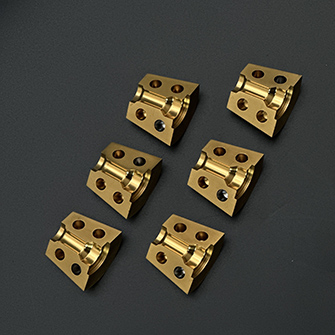Collapsible Molds have emerged as a pivotal innovation in the manufacturing sector, particularly in processes like injection molding and casting. These molds are designed to expand and contract, allowing for efficient part production while offering numerous advantages over traditional fixed molds. This article discusses the key benefits of using Collapsible Molds, including easy part removal and improved design flexibility.

1. Easy Part Removal
One of the standout features of collapsible molds is their ability to simplify the part removal process.
Reduced Friction: The collapsible design minimizes friction between the mold and the part, making it easier to extract finished products without damage.
Lower Scrap Rates: Since parts can be removed with minimal force, the risk of defects or breakage is significantly reduced, leading to lower scrap rates and increased yield.
This ease of removal is particularly beneficial in high-volume production environments, where efficiency and product integrity are paramount.
2. Improved Design Flexibility
Collapsible molds provide enhanced design flexibility that traditional molds often cannot match.
Complex Geometries: Manufacturers can create parts with intricate designs, undercuts, and complex shapes without worrying about how to remove them from a rigid mold. This flexibility opens up new possibilities in product design and innovation.
Adaptability: Collapsible molds can be adjusted or reconfigured for different part sizes or shapes, allowing manufacturers to adapt quickly to changing production demands. This adaptability is especially valuable in industries where custom or limited-run products are common.
3. Cost-Effectiveness
While the initial investment in collapsible molds may be higher than that for traditional molds, the long-term cost savings can be significant.
Reduced Labor Costs: Easier part removal often leads to shorter cycle times, reducing labor costs associated with part handling and processing.
Longer Lifespan: Collapsible molds can endure less wear and tear due to the reduced force needed for part removal, extending their lifespan and decreasing the frequency of replacements.
4. Enhanced Production Efficiency
The operational efficiency gained from collapsible molds can greatly impact overall productivity.
Faster Cycle Times: With quicker part removal and the ability to produce complex shapes without additional machining, manufacturers can achieve faster cycle times, thereby increasing output.
Streamlined Processes: The integration of collapsible molds can simplify the production process, making it easier to manage workflows and optimize resources.
5. Reduced Material Waste
Collapsible molds contribute to more sustainable manufacturing practices by minimizing material waste.
Precise Control: The ability to produce parts with intricate designs often leads to better material utilization, as manufacturers can design parts that use less material without sacrificing functionality.
Less Scrap Production: As mentioned earlier, easier part removal reduces the likelihood of defects, leading to a lower volume of scrap generated during production.
6. Compatibility with Various Materials
Collapsible molds are versatile and can be used with a wide range of materials, including plastics, metals, and composites.
Material Variety: This compatibility allows manufacturers to explore different materials for their products, enabling them to choose the best options for performance and cost-effectiveness.
Innovation Potential: The ability to work with diverse materials encourages innovation in product development and design.
The use of collapsible molds in manufacturing presents numerous advantages, including easy part removal, improved design flexibility, cost-effectiveness, enhanced production efficiency, reduced material waste, and compatibility with various materials. As industries continue to seek innovative solutions to improve production processes, collapsible molds are likely to play an increasingly important role in driving efficiency and product quality. By embracing this technology, manufacturers can not only optimize their operations but also unlock new opportunities for design and innovation.











